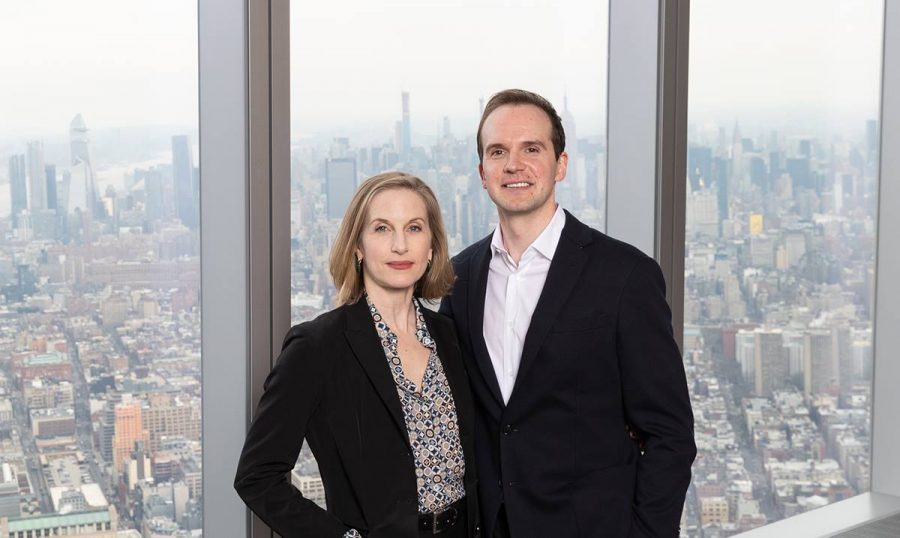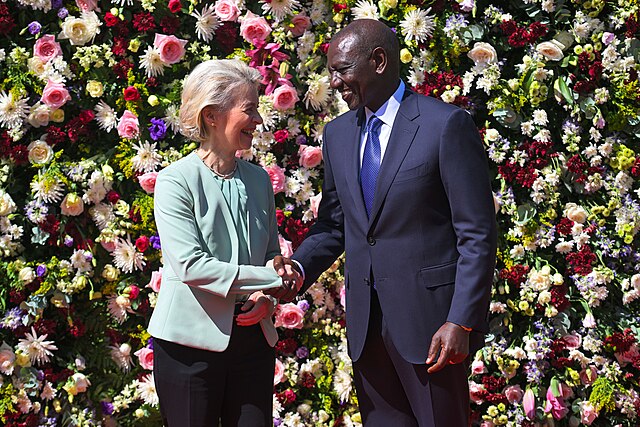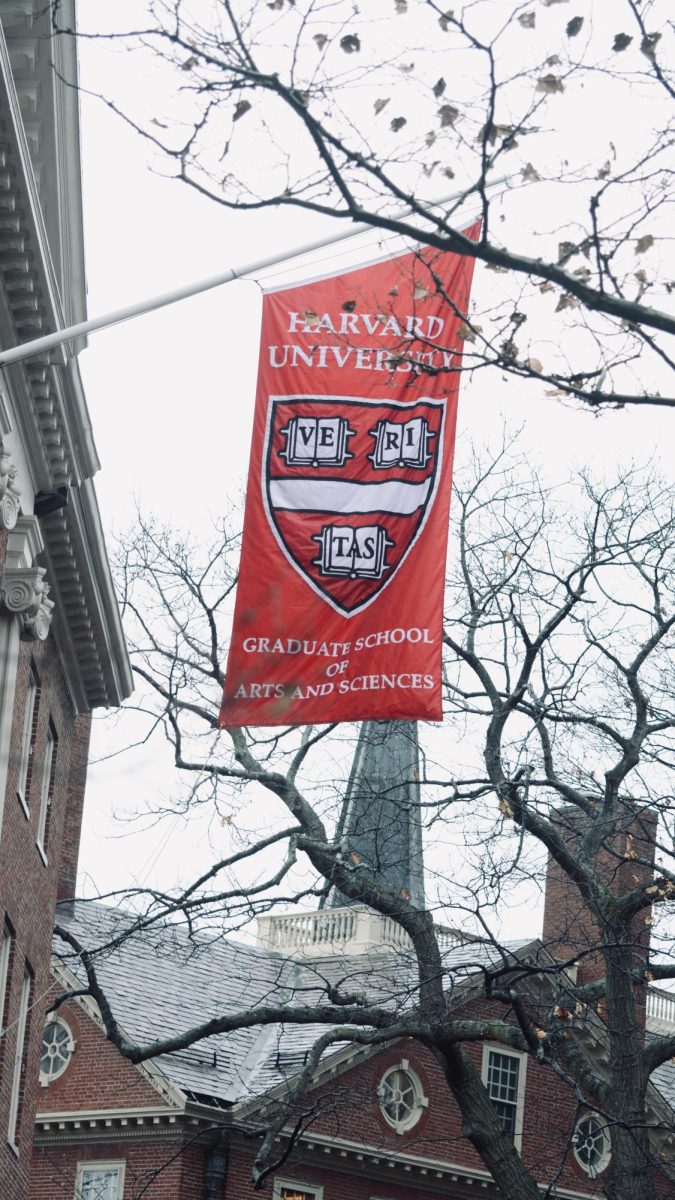About two weeks ago, history was made when, for the first time ever, the New York City Ballet announced a woman would be named as one of the directors of the company. In addition to the new artistic director Jonathan Stafford, Wendy Whelan, a former dancer with the company, was named the associate artistic director in the latest press release. This announcement breaks a long lineage of male dominance for City Ballet, starting with its founding director George Balanchine. As a lifelong dancer and fan of NYCB, this promotion had an enormous impact on me. I grew up admiring the beautiful ballerinas who danced with the company, hoping one day to grow up to become just like them. But my aspirations stopped at dancing. I did not envision myself as a choreographer or director, perhaps because I did not find these roles as glamorous or maybe because I did not associate women with these leadership positions. In my naive frame of mind, I associated the role of a director with Peter Martins or Balanchine, the alpha males and domineering watchdogs. This is why Whelan’s promotion matters. Whelan has created a new example of what artistic directors can look like, paving the way for little girls in the audience to envision themselves as not only the dancers on the stage, but the ones leading the pack, making executive decisions and creating the movement.
Advancements for women in the arts should not stop at the ballet world, as women from all backgrounds deserve leadership roles in both the fine and performing arts. Although careers in the arts tend to be associated with women, executive roles tend to be exclusively male. While we consider dancers, actresses and models to be roles for women, we identify choreographers, producers, directors and photographers as masculine professions. Obviously, in 2019 there are plenty of people who work in a profession that defies the gender norm, whether it be a male ballet dancer or a female director. However, the work of female leadership often goes without recognition, especially for women of color or trans women. Despite the enormous victories women have made in Hollywood in the last decade, this year the nominations for Best Director at the Academy Awards did not include any women. In fact, Kathryn Bigelow is the only woman ever to win this Oscar, and only four other women have ever been nominated. In the music industry, no woman has ever taken home the Grammy for Best Producer (non-classical). In a 2017 video produced by Gucci and Artsy, female visual artists described the gender inequities they continue to face in the art world. Across the board, it is clear that although progress has been made, women artists are still underpaid, underrepresented and underappreciated.
Walk into any art museum or magazine aisle of the grocery store and it does not take long to realize that more often than not, women are seen as nothing more than pretty faces. They are the muses, the inspiration, the subjects of the art, but not the creators. There are several negative implications to this, the first and most obvious, being that women are tired of solely being seen as the subject of the male gaze. Furthermore, when the arts are dominated by men, more specifically white men, only one narrative is being told. When those creating the art are more diverse, the art will follow suit, thus allowing audiences from all walks of life to find something to relate to. Women from all backgrounds should be seen as so much more than a muse. They should be leading the arts just as often as they are the subject of them.
In the future, arts communities must follow NYCB’s example, and continue to promote and recognize the accomplishments of women in these fields. Whelan’s promotion is one of many victories for female artists in the last few years, and it will not be last of its nature. Women will continue to tell their stories through their craft, creating art that empowers themselves and women everywhere.
Emma Garber is a Collegian columnist and can be reached at [email protected].




















NITZAKHON • Mar 18, 2019 at 9:24 am
“I have a dream that someday my little children will be judged, not by the color of their skin, [or the form of their genitalia], but by the content of their character, [and their education and accomplishments].”
— Some guy whose birthday we honor every year.